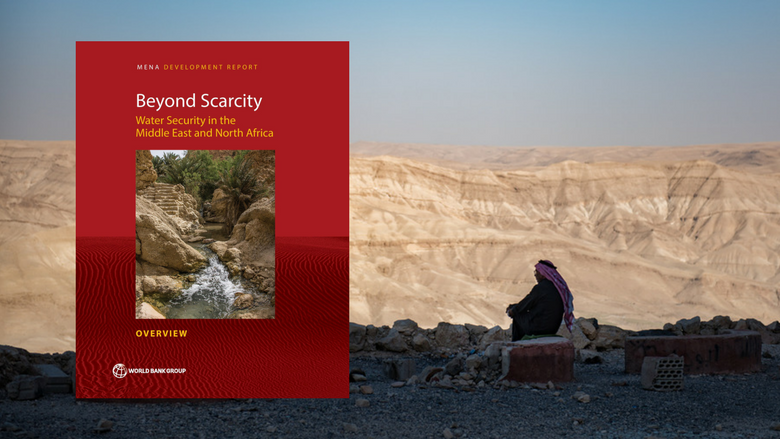In 2014, the Government started implementing a bold and transformational reforms program, aimed at spurring the economy, enhancing the country’s business environment and staging a balanced and inclusive growth. The first wave of reforms package focused on rebalancing the macroeconomic aspects, which included difficult policy choices that were adopted simultaneously; such as the VAT Law, reducing energy subsides, containing the high growth of the wage bill and the liberation of the Egyptian Pound. The second wave of reforms targeted improving governance and investment climate, which includes the Civil Service Reform Law, that was passed in October 2016, in addition to a set of undergoing reforms targeting to removing investment barriers and attracting local and foreign investments, such as the Industrial Licensing Law, the Investment Law and the Company Law.
The Government of Egypt’s reform program is widely endorsed by key Development Partners, including through the World Bank’s programmatic DPF series, the IMF Extended Fund Facility (EFF) and the African Development Bank parallel financing. The implementation of reforms along with the gradual restoration of confidence and stability are starting to yield positive results. The economy is gradually improving with the annual rates of GDP growth reaching 4.3 percent in 2015/2016, up from an average of only 2 percent during the period 2010/11-2013/14. The overall budget deficit declined in the first half of FY17 to 5.4 percent of GDP, down from 6.4 percent in the same period last year. Following the floatation of the local currency, the exchange rate has initially displayed some volatility, but has subsequently started to strengthen, notably with the strong foreign investor demand for local debt instruments.
To alleviate the adverse effects of the economic reforms on the poor and vulnerable, the GoE has adopted a package of social protection/social safety net mitigating measures and intensified its effort to move away from inefficient and generalized subsidies to more efficient and better poverty targeted social safety nets.
Measures include:
• Scaling up the targeted Takaful and Karama cash transfer Program. The Takaful program is a cash transfer program made to poor mothers conditional on their children getting health exams and/or demonstrating school attendance. Karama is a categorical cash transfer program for poor elderly people and those with disabilities. Initially rolled out in Upper Egypt with a target of 1.5 million households met in March 2017, the program has been expanded nationwide and scaled up to reach 1.7 million household beneficiaries by June 2017.
• Expanding the social pension program, the school feeding program in Upper Egypt and the food subsidy program (?)
In addition, the Government is committed to launch in the coming months the second phase of the Labor Intensive Works and Employability Program implemented by the Social Fund for Development in poor areas, and the Ministry of Social Solidarity is working on a new program for productive inclusion (Forsa) and a reform of the pension system while initiating the development of a comprehensive social protection framework.
Despite the Government’s current efforts, social conditions remain a concern; inflation caused by the currency floatation, energy subsidy reform and other food price shocks significantly affects the Egyptian households, especially the poor and the vulnerable segments of the population as well as the middle class. Unemployment continues to be high at 12.4 percent in the final quarter of the calendar year 2016, and rates are higher among youth and women. The sharp increases in (food) inflation is likely to limit poverty reduction and negative short-term effects could be felt across different income levels.
Last Updated: Apr 01, 2017






